You may think that everything outdoors is naturally sustainable. It’s outside! It’s nature! The sad fact is that this cannot be further from the truth. Many properties have unsustainable lawns and gardens on them. After all, sustainability means more than just having a design that sustains itself. It means, at least today, that it enhances the natural world. Sustainable design isn’t sustainable until it leaves the world behind better than when it started.
This is why regenerative sustainability is gaining traction. However, you don’t need to focus too much on the specifics when designing your space. Instead, you need to focus on this guide:
1. More Plants, Less Grass
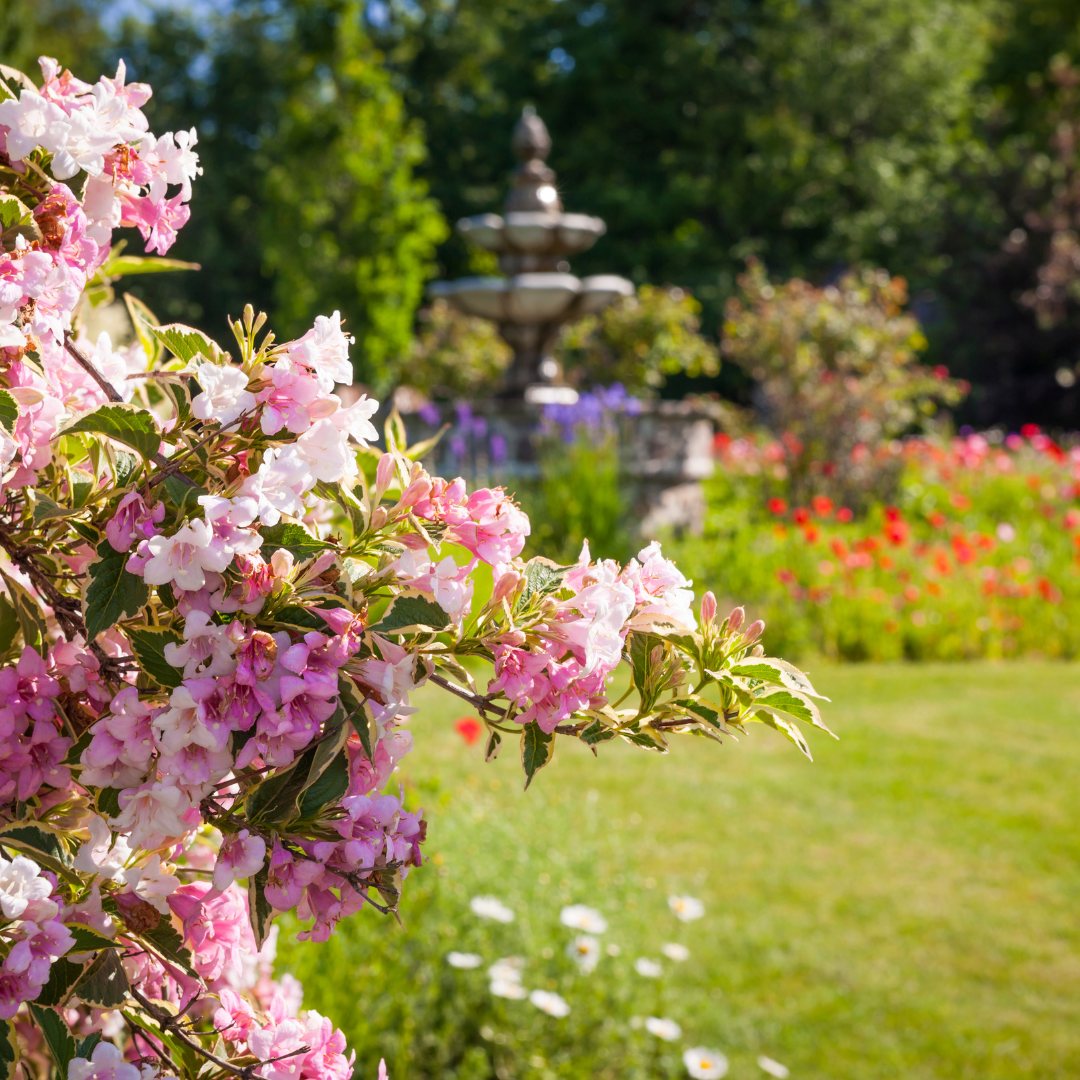
One of the easiest ways to create a sustainable outdoor space is to focus more on planting than your lawn. A lawn offers very little for the biosphere. This doesn’t mean you have to avoid having a lawn completely, but it does mean you’ll want to add trees, shrubs, and flowers first and then focus on your lawn later.
2. Use Stones Rather Than Concrete
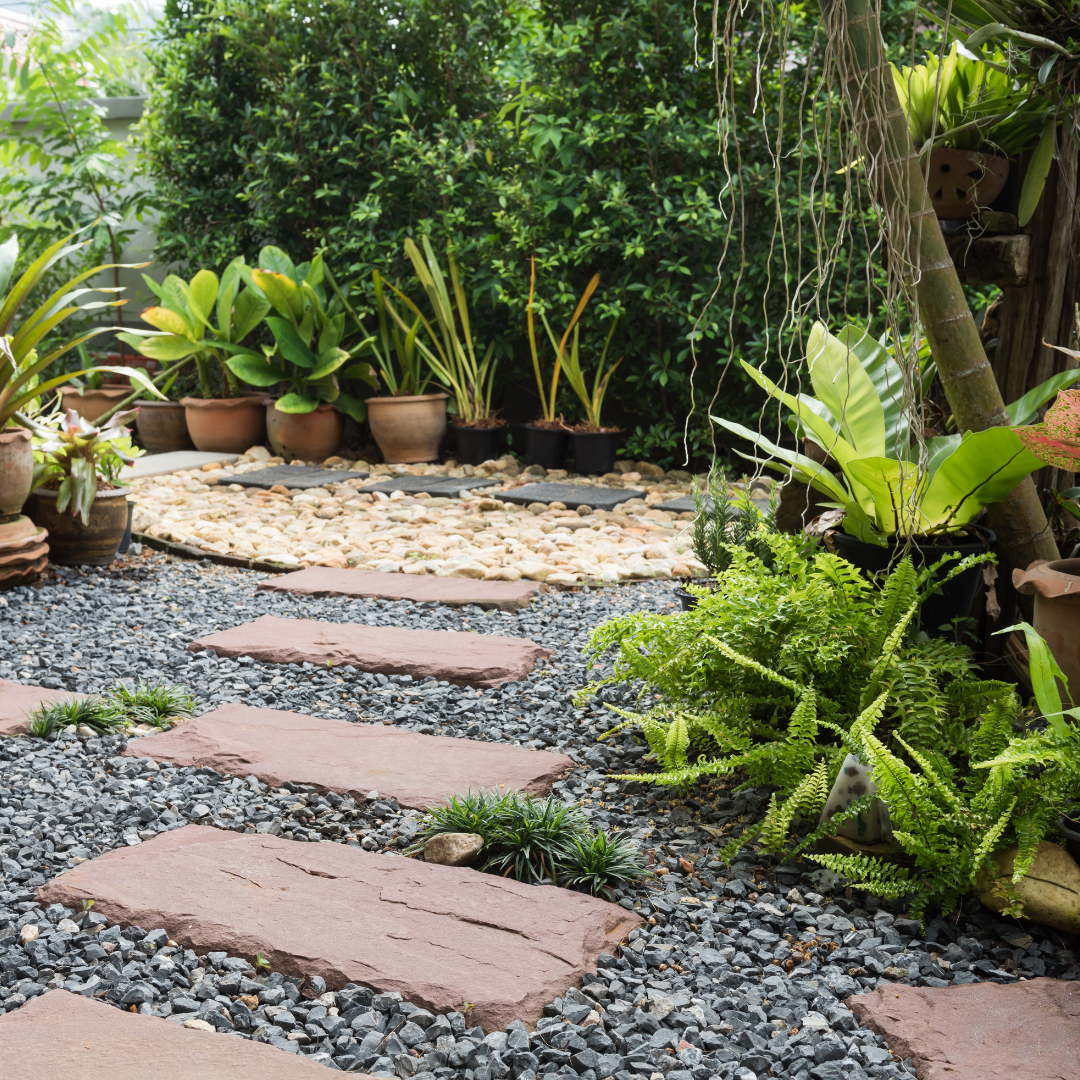
Porous surfaces are a must when it comes to wastewater management. You can pick up beautiful stones and other masonry from this landscape supply near San Antonio and then use those to decorate your space as you see fit. Since these stones are loose, they don’t hold on or redirect water. This minimizes issues like flooding and can help your lawn and plants retain more water naturally, regardless of whether it comes from the sky or your sprinkler system.
3. Choose Native Species First
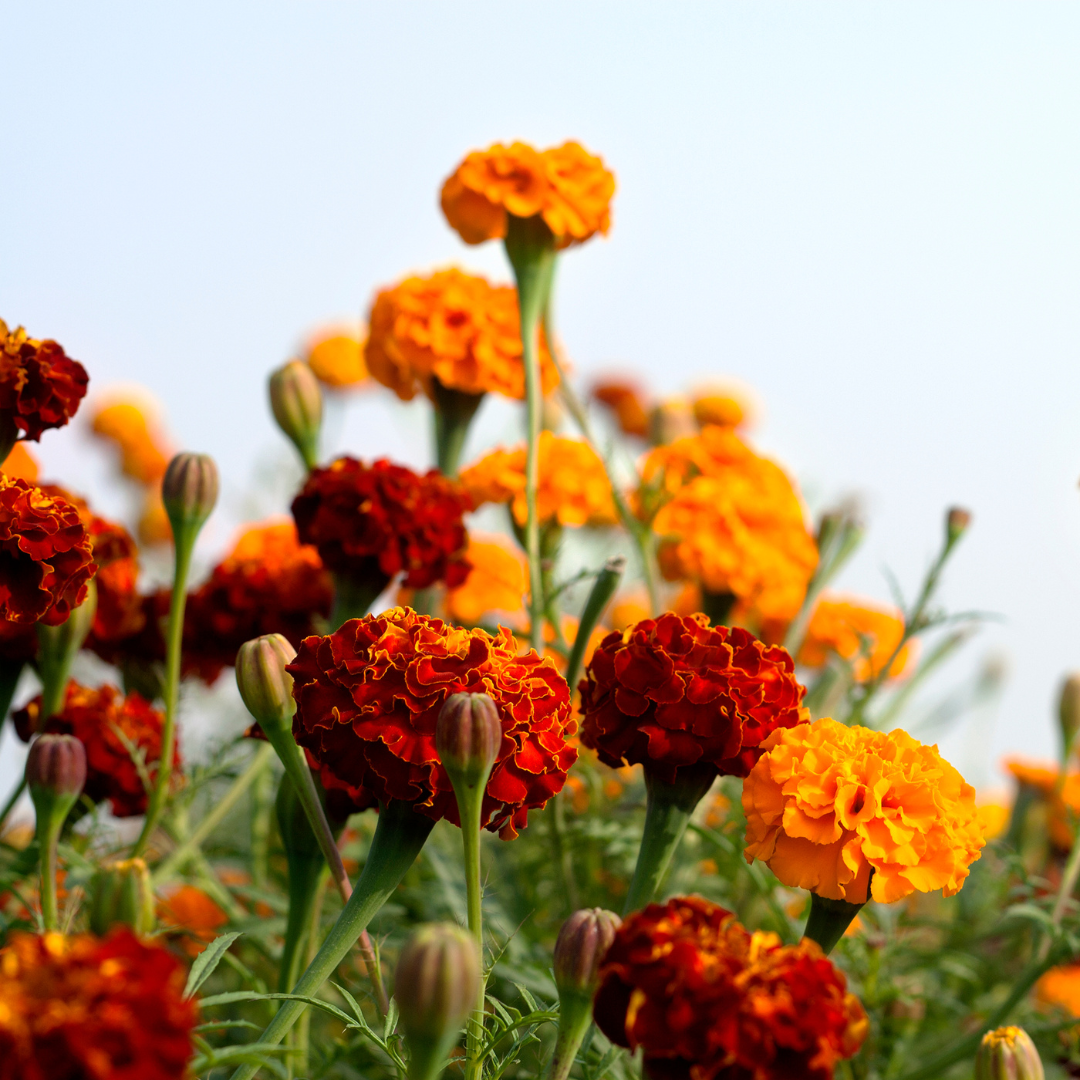
When it comes to choosing plants and especially flowers, there are two big considerations that you need to make. The first is whether the species you’re choosing is native. You don’t need to eschew non-native species completely, but it’s the native flowers that will provide the most value for local pollinators and the biosphere near your home.
The second thing to look into is if any of the species you’ve chosen is considered invasive. You want plants that support each other, not the other way around. Chosen correctly, you can pack your backyard full of natural anti-pest species and actually cultivate healthier soil overall.
Plants naturally work together, so work with your local horticulturalists to pick out species that support one another best to reduce your reliance on pesticides, fertilizers, and even water.
4. Collect Rainwater
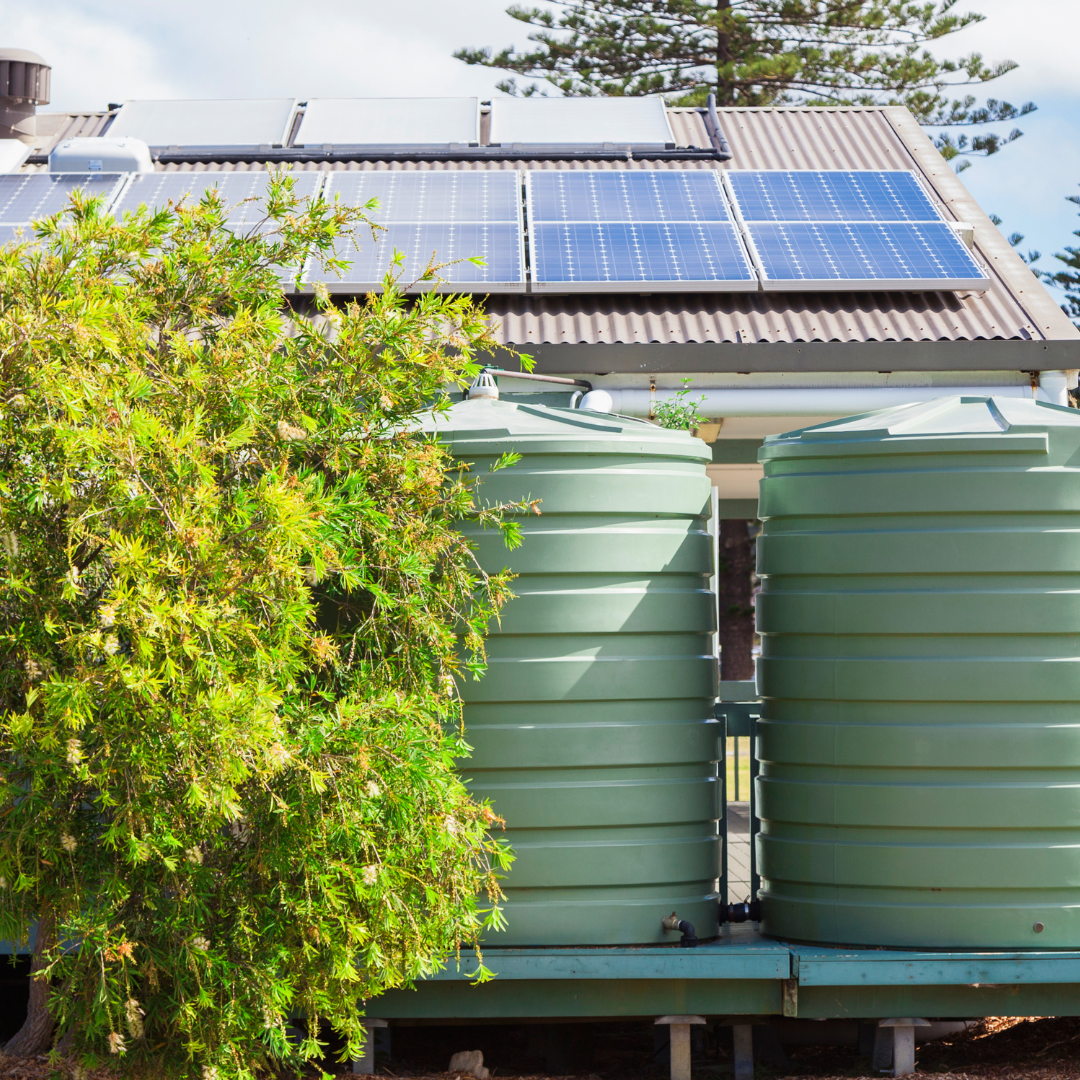
When it comes to watering your plants, rainwater and even other greywater (for example, leftover rice water) can be fantastic for your plants while helping you use less and waste less water overall. This can be so important if you live in an area with droughts or restrictions on water usage in the summer. Collect rainwater and other wastewater from your home in a container that resists evaporation, and use that to water your plants during drought periods.
5. Composting and Reusing
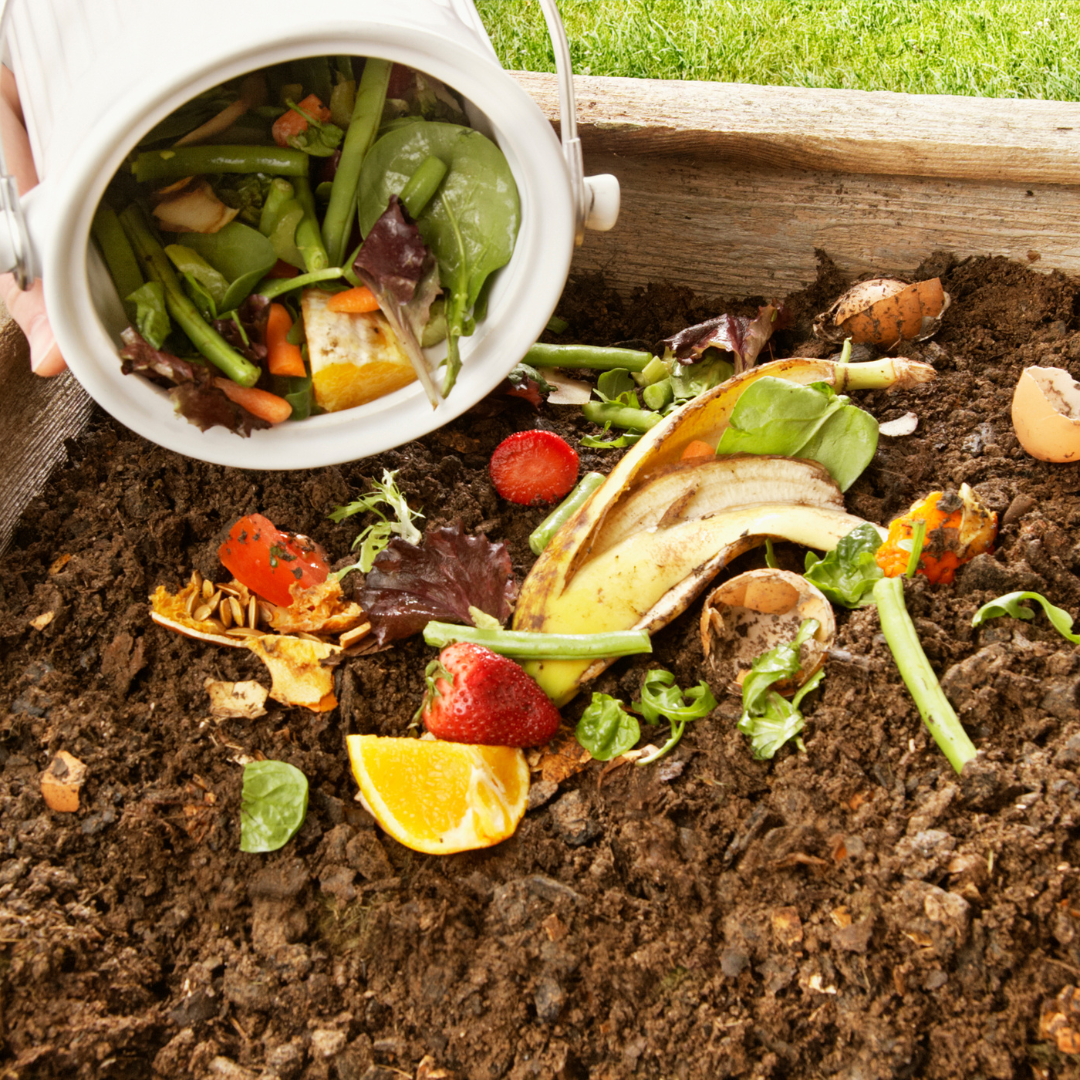
Rather than throw out your food scraps or even gardening waste, compost it. Set up a natural compost system in your backyard, and you’ll have a great source of natural fertilizer for free for use in the spring. This is the best way to naturally regenerate your garden using natural processes without letting your garden go haywire in the process. It’s also a great way to ease the burden of landfills or even commercial composting plants.



